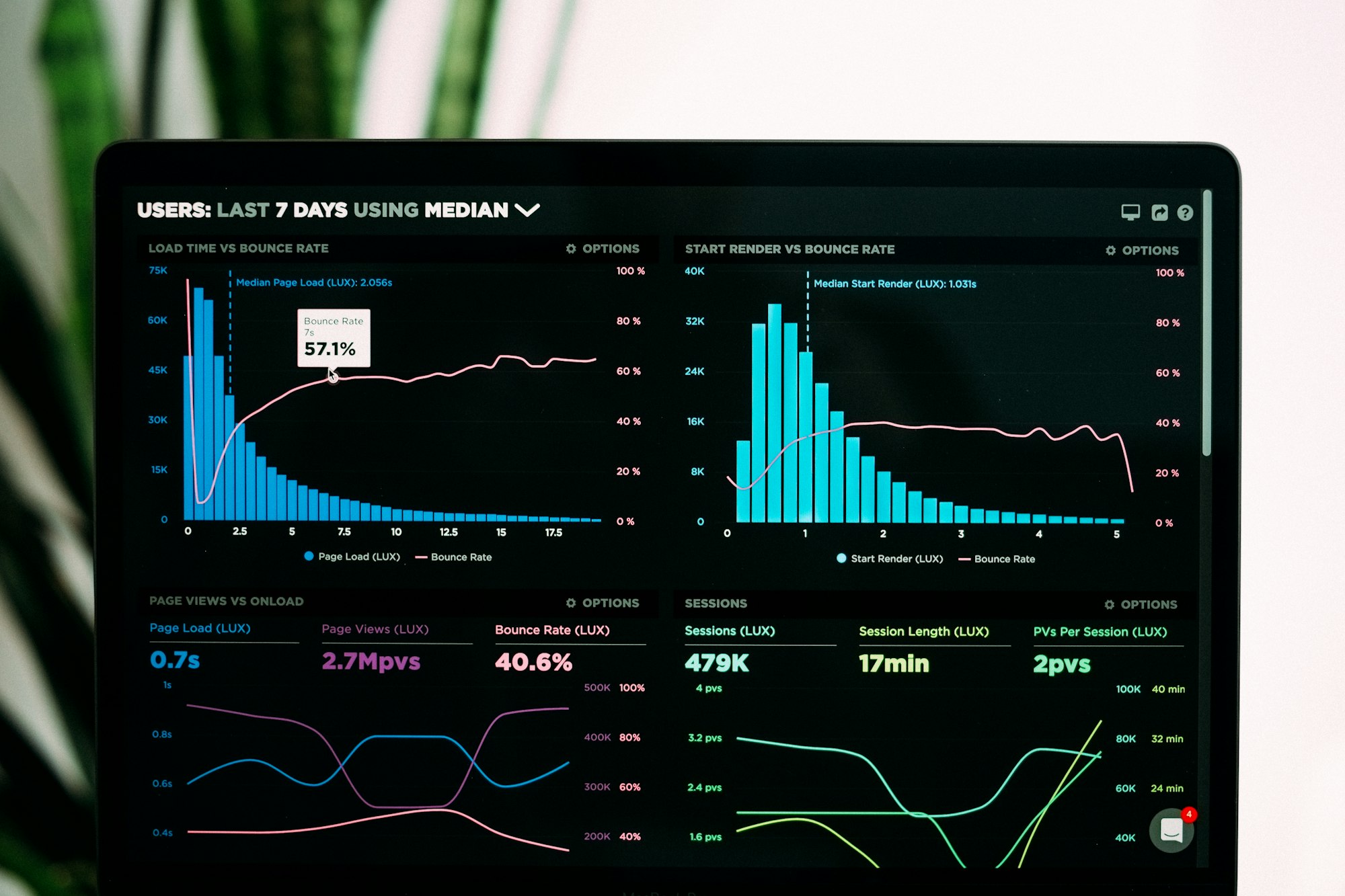Gauging Social Proof in Video Campaigns Effect
Explore methods for Measuring the Impact of Social Proof in Video Campaigns and how it boosts marketing effectiveness.

Measuring the impact of social proof in video campaigns is crucial for understanding the effectiveness of marketing efforts. As consumers increasingly rely on social validation, businesses need to analyze the role of social proof to optimize their video campaign strategies.
Social proof analysis involves assessing the influence and impact of social proof elements within video campaigns. By examining video campaign metrics, such as views, engagement, and conversions, marketers can gauge the effectiveness of social proof in reaching and persuading their target audience.

Understanding the social proof effectiveness allows marketers to fine-tune their video campaigns and enhance their marketing performance. By measuring social proof impact, businesses can identify which elements resonate with their audience and drive desired actions.
In the following sections, we will delve deeper into the concept of social proof in video campaigns, explore methods of measuring social validation, and discuss the importance of data analysis and ROI tracking in assessing the impact of social proof. Let's uncover the secrets to maximizing the potential of social proof in your video campaigns.
Understanding Social Proof in Video Campaigns
Social proof plays a crucial role in the success of video campaigns, influencing consumer behavior and driving engagement. To effectively harness the power of social proof, it is essential to understand its dynamics and measure its impact.
When it comes to video campaigns, social proof analysis involves assessing the level of social validation and influence present in the content. By measuring social validation, brands can determine the extent to which their videos are perceived as credible, trustworthy, and popular among viewers. This analysis helps in identifying the key elements that contribute to social proof, such as viewer testimonials, social media shares, and brand endorsements.
Social validation measurement methods vary based on the specific goals and metrics used. One approach is to track the number of likes, shares, and comments on video platforms and social media channels. This provides insights into the extent of viewer engagement and indicates the level of social influence generated by the video campaign. Additionally, sentiment analysis can be employed to analyze the overall tone of the comments and assess whether they are positive or negative, further gauging the impact of social proof.
Assessing social influence in video campaigns involves understanding how videos shape audience perceptions and decisions. This can be achieved by analyzing viewer behavior, such as click-through rates, conversions, and purchase intent, in relation to the presence of social proof. By identifying the correlation between social proof elements and desired actions, brands can optimize their video campaigns to enhance social influence and drive desired outcomes.
“Social proof is the psychological phenomenon that occurs when people look to others' actions and opinions to guide their behavior. In video campaigns, social proof serves as a powerful tool to build credibility, trust, and influence among viewers.”
Evaluating Social Proof in Video Campaigns
Table: Key Metrics for Social Proof Analysis
| Metric | Description |
|---|---|
| Views | The number of times a video is watched |
| Likes | The number of positive reactions to a video |
| Shares | The number of times a video is shared on social media |
| Comments | The number of user comments on a video |
| Conversion Rate | The percentage of viewers who take a desired action |
| Purchase Intent | The likelihood of viewers to make a purchase after watching a video |
By analyzing these metrics, brands can gain a comprehensive understanding of the effectiveness of their social proof strategies. This enables them to optimize their video campaigns, enhance social validation, and increase social influence among viewers.

With a deeper understanding of social proof in video campaigns and the utilization of suitable measurement techniques, brands can effectively leverage social influence to drive engagement, increase conversions, and achieve marketing success.
Measuring the Impact of Social Proof in Video Campaigns
In the world of video marketing, data analysis plays a vital role in understanding the effectiveness of social proof. By tracking video advertising ROI, marketers can gain valuable insights into the impact of social proof on their campaigns. This section explores the various techniques and tools available for measuring the effectiveness of social proof in video campaigns.
Importance of Video Marketing Data Analysis
Data analysis is crucial for evaluating the success of video marketing campaigns. By analyzing key metrics, such as views, engagement, and conversions, marketers can assess the overall performance and effectiveness of their videos. This allows them to make data-driven decisions and optimize their strategies to achieve better results.
Video Advertising ROI Tracking
One effective way to measure the impact of social proof in video campaigns is through video advertising ROI tracking. This involves calculating the return on investment (ROI) for each video and analyzing the correlation between social proof elements, such as likes, comments, and shares, with the overall ROI.
"Video advertising ROI tracking helps marketers understand the direct impact of social proof on their campaign's performance. By correlating social proof metrics with ROI, they can identify which elements contribute most to their success."
Key Metrics for Evaluating Social Proof Impact
When analyzing the impact of social proof in video campaigns, certain metrics can provide valuable insights. These metrics include:
- Views: The number of times the video has been viewed, indicating its reach and potential impact.
- Engagement: The level of audience interaction with the video, such as likes, comments, and shares.
- Conversions: The number of viewers who take the desired action after watching the video, such as making a purchase or signing up for a newsletter.
- Click-through rate (CTR): The percentage of viewers who click on a call-to-action or link within the video.
By tracking and analyzing these key metrics, marketers can gain a comprehensive understanding of the impact of social proof and optimize their video campaigns accordingly.
| Metric | Description |
|---|---|
| Views | The number of times the video has been viewed, indicating its reach and potential impact. |
| Engagement | The level of audience interaction with the video, such as likes, comments, and shares. |
| Conversions | The number of viewers who take the desired action after watching the video, such as making a purchase or signing up for a newsletter. |
| Click-through rate (CTR) | The percentage of viewers who click on a call-to-action or link within the video. |
Conclusion
In conclusion, measuring the impact of social proof in video campaigns is of utmost importance for enhancing marketing effectiveness. Through social proof analysis, marketers can gain valuable insights into the effectiveness of their video campaigns and make data-driven decisions to optimize their strategies.
By assessing social proof impact, brands can understand how well their campaigns are resonating with their target audience and identify areas for improvement. This analysis enables them to create more engaging and persuasive video content that aligns with consumer preferences and behaviors.
Furthermore, measuring social proof impact allows marketers to track the return on investment (ROI) of their video advertising efforts. By monitoring key metrics such as click-through rates, conversion rates, and engagement metrics, they can evaluate the success of their social proof strategies and make informed adjustments to maximize results.
Ultimately, by understanding and measuring the impact of social proof in video campaigns, brands can harness the power of social influence to build trust, credibility, and brand loyalty among their target audience. It is through this continuous assessment and optimization that they can create compelling video campaigns that drive meaningful results and contribute to their overall marketing success.




